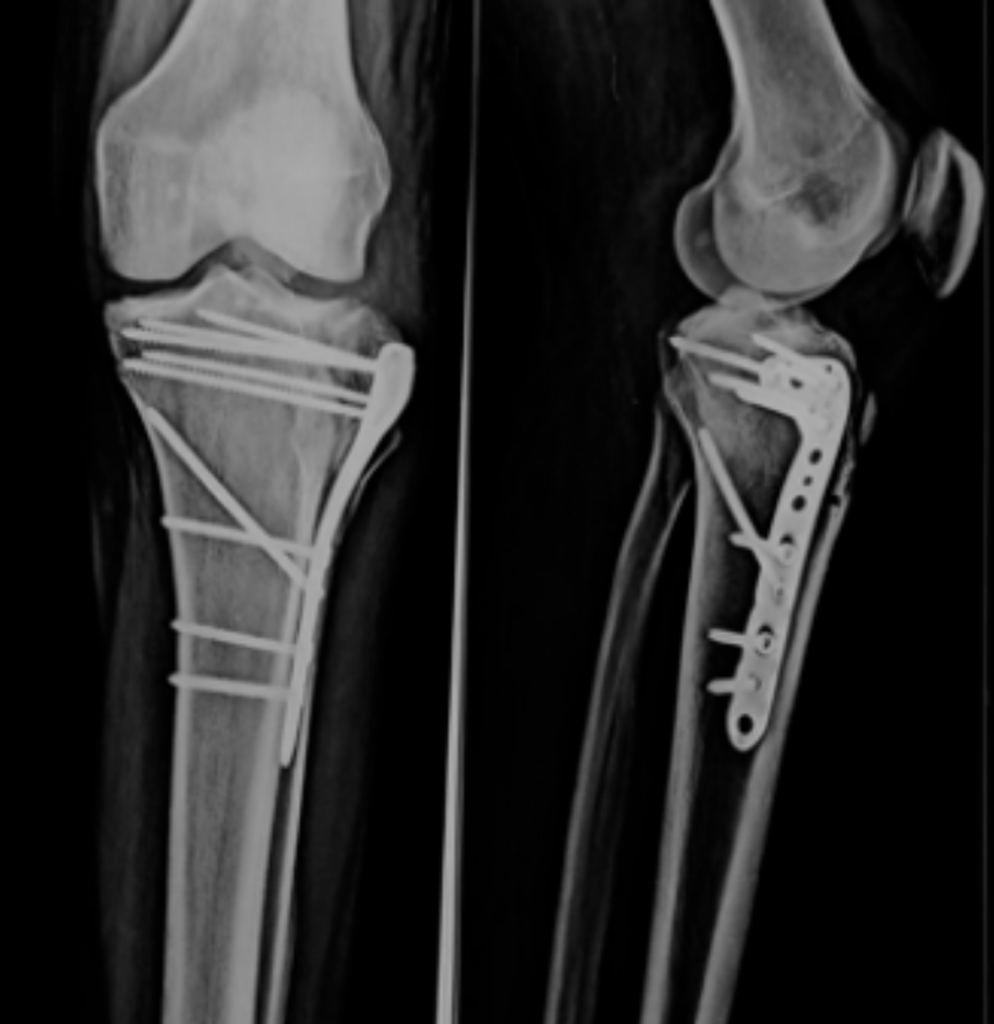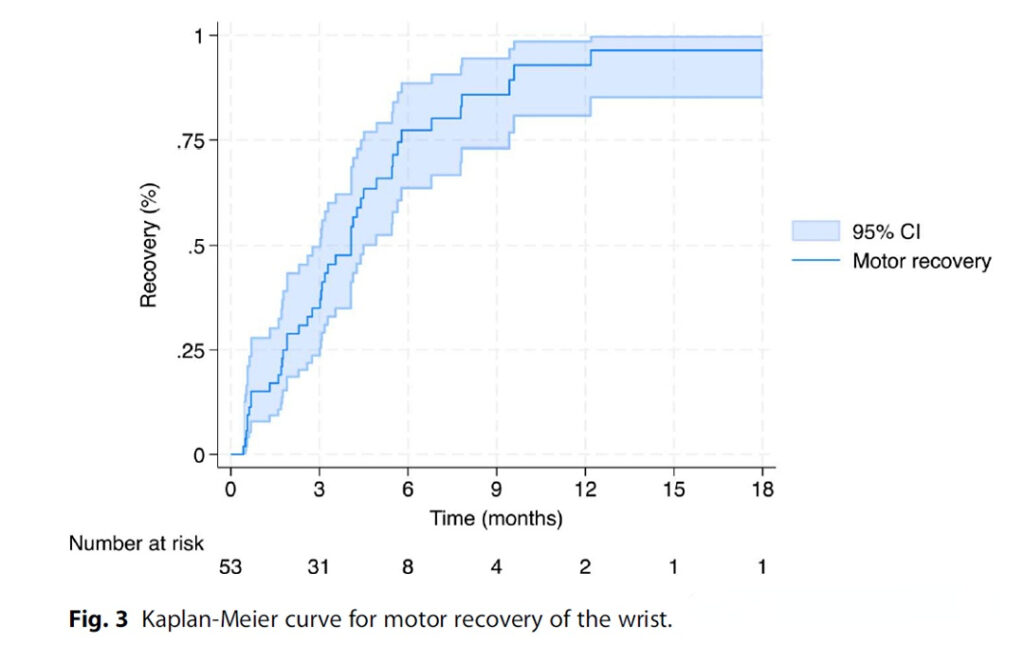Orthopedic surgery is undergoing a profound transformation, fueled by technological advancements and a deeper understanding of biological processes. From robot-assisted surgery to 3D-printed implants, and the integration of big data and artificial intelligence, technology is revitalizing the orthopedic field, offering more precise and efficient treatment options. In this article, we will explore the five emerging trends in orthopedic surgery and how they are improving patient outcomes and the surgical experience.
1. Robot-Assisted Surgery: Enhancing Precision and Improving Patient Experience
In recent years, robot-assisted surgery (RAS) has rapidly gained traction in the orthopedic field. By 2028, the global orthopedic robotics market is expected to reach $2 billion, making this technology an innovation to watch. The benefits of robotic surgery are clear:
• Increased Precision: Robotic arms provide exceptional stability and precision during surgery, improving implant placement and reducing tissue damage. Research has shown that patients report significantly higher satisfaction with robot-assisted knee replacement surgeries compared to traditional methods.
• Minimally Invasive Surgery: RAS allows for smaller incisions, speeding up recovery, reducing pain, and improving cosmetic outcomes.
The widespread adoption of robotic technology is transforming orthopedic surgery, providing faster recovery times and higher patient satisfaction rates.

2. 3D Printing: The Future of Customized Orthopedic Implants
3D printing technology is revolutionizing the design and manufacturing of orthopedic implants, allowing surgeons to create personalized implants that perfectly match a patient’s unique anatomy. Key advantages of this technology include:
• Improved Biomechanics: Traditional implants are standardized, potentially misaligning with a patient’s bone structure. 3D printing enables the production of custom implants tailored to a patient’s anatomical features, improving joint stability and function while extending implant longevity.
• Reduced Complication Risks: One major concern with traditional implants is the risk of ill-fitting devices, leading to issues like loosening, infection, and pain. Research has shown that custom 3D-printed hip fracture implants reduce revision surgery rates by 40% compared to traditional ones.
As technology continues to evolve, 3D printing is poised to play a significant role in complex orthopedic surgeries, offering higher-quality, personalized treatments for patients.
3. Telemedicine and Remote Monitoring: Optimizing Post-Surgical Care and Enhancing Patient Experience
Telemedicine and remote monitoring are reshaping orthopedic care, especially in post-surgical care. Through smart devices and mobile apps, surgeons can remotely track a patient’s recovery, providing personalized care. Key benefits of telemedicine include:
• High Patient Acceptance: A 2023 study by the American Academy of Orthopaedic Surgeons found that 78% of orthopedic patients were interested in telemedicine consultations. This trend highlights its potential to improve healthcare accessibility, especially in rural or remote areas.
• Reduced Readmission Rates: Remote monitoring helps enhance patient recovery and reduce unnecessary readmissions. A study from Johns Hopkins University demonstrated that remote monitoring after knee replacement surgery lowered readmission rates by 20%.
• Streamlined Workflow for Surgeons: By shifting follow-up consultations to telemedicine, surgeons can free up clinic appointments, enabling them to focus on more complex cases. Research has shown that telehealth follow-ups can free up to 30% of outpatient slots for orthopedic surgeons.
The combination of telemedicine and remote monitoring not only offers convenience but also creates a more efficient, data-driven post-surgical care approach, ultimately improving patient outcomes.
4. Big Data and Artificial Intelligence: Precision Treatment and Personalized Rehabilitation
Big data and artificial intelligence (AI) are becoming essential tools in orthopedic surgery, helping surgeons make more accurate decisions and offer personalized treatment plans.
• Data-Driven Treatment Plans: By analyzing patient records, imaging results, and genetic information, AI can identify patient groups at higher risk for complications, enabling proactive intervention and more precise predictions of potential outcomes.
• Optimizing the Surgical Process: During surgery, AI can analyze real-time data to assist surgeons in optimizing implant selection and surgical techniques. This level of precision leads to better surgical outcomes and faster recovery times.
• Personalized Rehabilitation Plans: Based on AI-driven analysis, surgeons can create personalized rehabilitation plans for each patient, enhancing long-term recovery and motivating patients to engage in their rehabilitation process.
As big data and AI technologies advance, orthopedic surgeries will become more precise and effective, improving overall treatment outcomes.
5. Biologics and Regenerative Medicine: A Revolutionary Approach to Orthopedic Care
Biologics and regenerative medicine are offering new ways to treat musculoskeletal injuries, particularly in conditions like osteoarthritis and sports injuries. Biologic treatments like stem cell therapy leverage the body’s natural healing abilities. The benefits of biologics include:
• Accelerated Healing: Stem cell treatments can promote faster healing of bones and soft tissues, reduce pain and inflammation, and improve the overall quality of life for patients.
• Long-Term Treatment Solutions: Regenerative medicine aims to address the root causes of injuries rather than just alleviating symptoms, offering patients long-lasting solutions.
Biologics and regenerative medicine are on the cutting edge of orthopedic treatment, providing promising alternatives to traditional surgeries.
Conclusion: The Future of Orthopedic Surgery is Innovative
With the integration of robot-assisted surgery, 3D printing, telemedicine, big data and AI, and biologics, orthopedic surgery is entering a new era of innovation. To keep up with these technological advancements, orthopedic surgeons should actively embrace these trends to enhance treatment outcomes and improve patient experiences. The future of orthopedic care will be more personalized, precise, and driven by technological innovation.
Are you ready to be part of this transformation?




